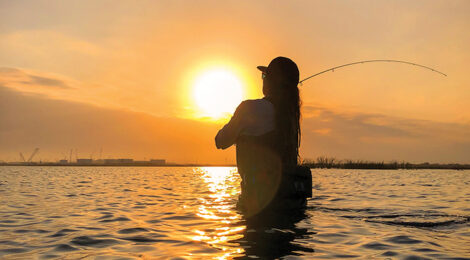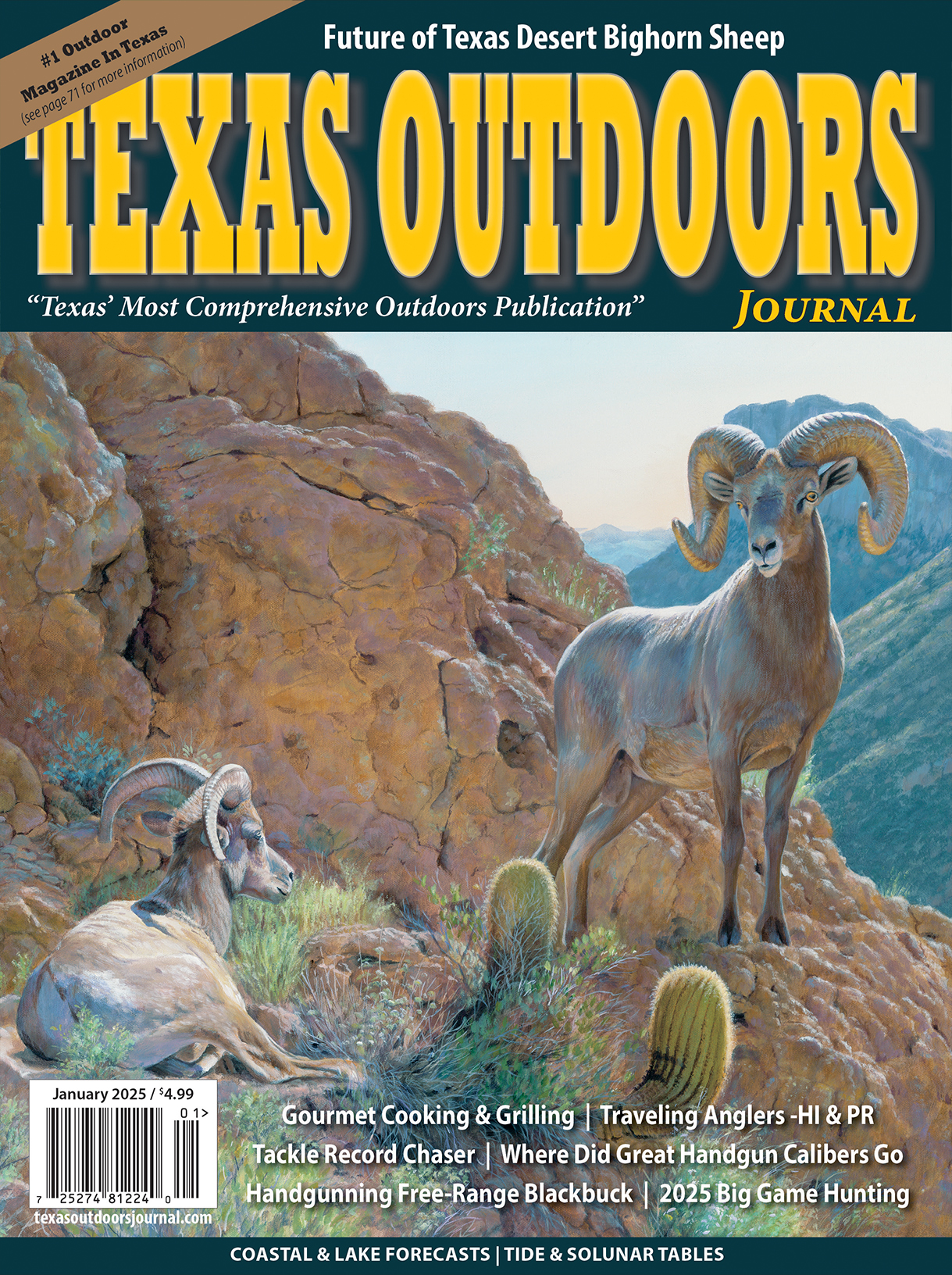
Extreme Low Water Tactics
Anglers can have some of their best days when there is the least amount of water in the bay.
Story and photography by Danno Wise
As February gets underway, most anglers are already anticipating the warming weather and higher spring tides which will arrive in March. Until then, winter still has its frosty grip on the Texas Coast for February.
Tthe final full month of winter typically sees some of the year’s worst weather and lowest water levels as tides bottom out following fronts. When fronts occur during winter neap tides, many bays look practically empty. While this may not sound like an enticing angling option, fishermen often find some of the best fishing during the lowest tidal periods during winter.
To start with, fish are typically easier to find during low tide periods. They are also more concentrated. Why? Well, simply put, there is less water.
Flats that were chest deep are often now waist deep. Waist deep flats are now shin deep. In many instances, shallow flats have all but dried up, leaving only guts, channels, and holes with water depths capable of sustaining fish. This is even more distinct in the shallower bays further south.
However, in every bay system, fish will funnel off the shallows into the closest water of depth. So, step one is to find water.
If the extreme low tides are not accompanied by a drastic change in temperature, fish will often just move to deeper flats as the water level water drops. However, if temperatures drop right along with the water levels, fish will scurry to the deepest water they can find – channels, holes, marsh drains and guts.
How to approach the fish depends on where they are and what the adjacent water is like. If working over deep flats that are now shallow-to-mid-depth, anglers have a wide variety of options. The vast majority of anglers in this scenario will be wading. Typically, because a slower approach can be more productive during late winter and wading gives anglers complete control over their pace.
************************************************************************
To read more, click here to SUBSCRIBE







